About
Training methodology
 About
About
Outline
Introduction to Chemical Engineering Controls:
- Overview of chemical engineering process control background
- The objectives of control
- Definitions & terminology
- Design methodology for process control
- Failures in process control; case studies of three major disasters
- Bhopal case
- Three Mile Island case
- Texas city case
- Current significance:
- Introduction
- Automation
- Introduction to distributed control system (DCS):
- Control system hardware
Modeling Basics
- Verbal modeling:
- Process description
- Control specifications
- Connections
- Prerequisite information regarding a process
- Step-by-step method for describing controls and their purpose
- Alternative method of verbal modeling
- The Barkel method of verbal modeling
- Degrees of freedom:
- Importance
- Calculation procedure
- Applications
- Incidence graphs:
- Introduction
- Monotonicity
- Consistent graphs
- Inconsistent graphs
- Partially consistent graphs
Sensors & Actuators
- Measurement devices:
- Industrial applications
- Temperature control: thermocouples
- Pressure control: pressure switch
- Composition control: ratio control
- Level control: level switches
- Flow control: flow meres
- Temperature sensors:
- Thermometers
- Residence temperature detectors
- Thermocouples
- Pyrometers
- Temperature regulators:
- Regulator structure
- Regulator operation
- Types of temperature regulators
- Resistance temperature detectors
- Pressure sensors:
- Sensor selection criteria
- Process
- Environment
- Pressure range
- Sensitivity
- Pressure measuring methods:
- Height of liquid methods
- Elastic distortion
- Electrical methods
- Types of sensors:
- Elastic sensors
- Electric sensors
- Differential pressure cells
- Vacuum sensors
- Sensor selection criteria
- Semi-batch reactor problem:
- Shutdown point
- Types of semi-batch reactor sensors
- Level sensors:
- Visual level sensors
- Common uses
- Benefits of visual level sensors
- Restrictions
- Sight tube indicators
- Float type level sensors
- Buoyancy types
- Static types
- Formulas
- Valve-based level sensors
- Electrical level sensors:
- Conductive level sensing
- Capacitance level sensing
- Radiation-based level sensors
- Flow sensors
- Ultrasonic flow meters
Mathematics for Control Systems
- Measurement devices:
- Dirac delta
- First-order differential equations
- Second-order differential equations
Optimization
- Optimization:
- Definition
- Engineering application
- Optimization across an organization
- Optimization design
- Constraints
- Optimization situations
- Real-time optimization
- Industry experience
- Pilot plant experience
- Linear optimization:
- Introduction
- characteristics
- Non-linear optimization:
- Introduction
- Quadratic optimization
- Iterative methods
- Applications
 Training Methodology
Training Methodology
Pathways Training and consulting adopts the newest techniques of human resources Training and consulting and, with the following:
- Theoretical lectures are delivered via PowerPoint and visual displays (videos and short films)
- Making scientific evaluation to the trainee (before and after)
- Brainstorming and role-playing
- Using case studies related to the scientific material being delivered and the trainees` work.
- The participants get the scientific and practical material printed and on CDs and Flash memories.
- Preparing records and reports of the participants` attendance and results, with a general evaluation of the training program.
- A group of the best trainers and experts in all fields and specialties professionally prepares the scientific material.
- After finishing the course, the participants get certificates of attendance signed, certified, and issued by pathways Training and consulting.
- Our training programs start at 9:00 o`clock in the morning and end at 2:00 in the afternoon, with snack buffet during the lectures.









































